 Frankenstein: Junji Ito Story Collection
Frankenstein: Junji Ito Story Collection
Cartoonist: Junji Ito
Translator: Jocelyne Allen
English Adaptation: Nick Mamatas
Touch-up Artist and Letterer: James Dashiell
Junji Ito’s original body of work often turns its human characters inside out to show how monstrous we truly are. In Uzumaki, he turns an obsession to spiral shapes into a metaphor on how people twist, turn, and contort to fit their strangest desires into their daily routines. People become spiral shapes themselves, offering their bodies as proof of humanity’s inner monstrosity.
With Frankenstein, Ito takes the introspective element of human horror and applies it to creativity. Using Mary Shelley’s monumental gothic horror story on science gone wrong and men playing at god, Ito finds a way to extend his exploration on humanity’s monstrosity by making it clear that any creation born out of human curiosity can only result in misshapen monsters.
One of the most important decisions any creator looking to adapt Frankenstein must contend with lies in the final design of the Creature, the thing Victor Frankenstein creates. The Creature’s look can determine the ideas it represents and can either guide or derail the story’s tone. Ito goes for an impossibly tall, slender, and chaotic mess of body parts that resembles the Frankenstein Creature as portrayed by Christopher Lee in the Hammer horror films. It mostly keeps to bandages and big dirty pieces of clothing that do little to conceal his ugliness. Its physical dimensions are exaggerated but not entirely inhuman. It still stands to represent our own biological imperfections and how our attempts at achieving the opposite are doomed to fail.

By experimenting with the iconic imagery Shelley conjured up with her words, Ito turns every encounter with the Creature into an exercise in tension. While the Creature is imposing and the heavy inks do invite a kind of sadistic exploration of the map of scars and broken limb connections that is its skin, I still desperately eager to see the Creature speak. One example of this is the sequence when the Creature recounts the moment he decided he hated humanity. Without diving into spoilers for those who haven’t read the original, the Creature’s narration makes you feel just as sorry for him in the manga as you do in the original, especially when he decides to converse with a blind man whom the Creature hopes will accept him as an equal. His dialogue is as refined and precise as it is in Shelley’s version and it reveals just how faithful to the original Ito wanted to be.
Junji Ito does not come up with new scenes just to show more of the Creature. Each moment the Creature appears on the comics page is an event that ramps up the horror and further develops his relationship with his creator and cruelty of the world around him. There are no gratuitous showings of gore and violence, and whatever makes it to the manga is there to serve the story. Ito restrains himself quite a bit to capture the essence of the original’s story beats. It’s an adaption that pays homage and shows great respect for Shelley’s careful narrative choices.
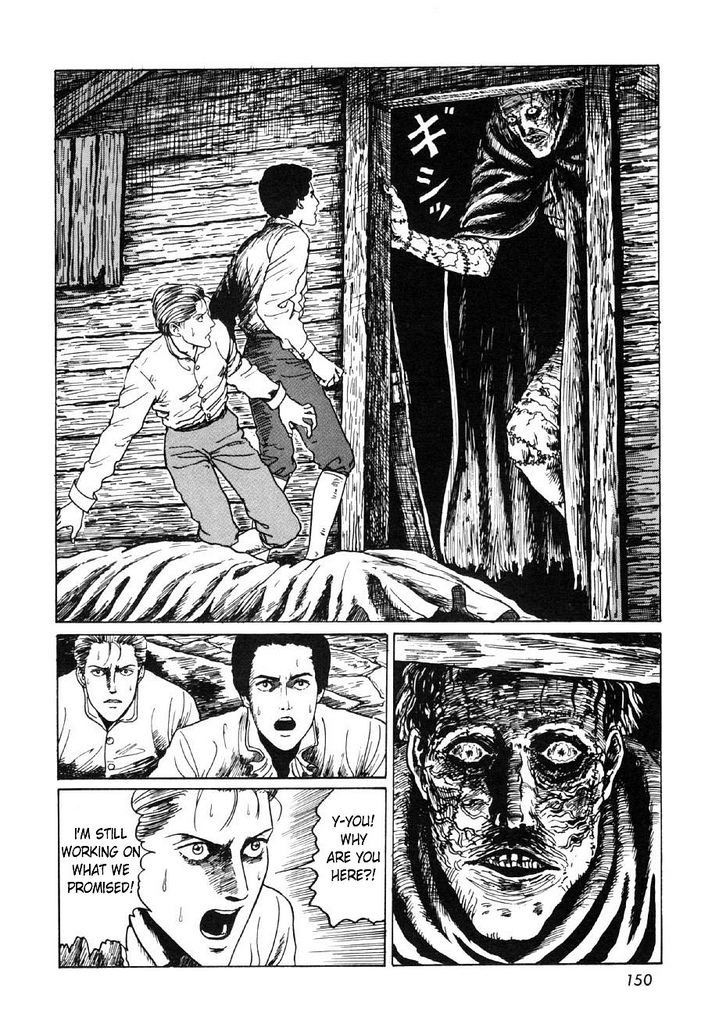
The manga, published by Viz Media, also includes six stories that bring the horror back to the monsters that live inside people. These stories focus on Oshikiri, a high school student that is confronted with the possibility of either losing his mind or the possibility he’s living in a space between parallel worlds. The first story, titled “Neck Specter,” sees Oshikiri trying to remember whether he killed one of his best friends because he grew taller than him. We see a kid turn his insecurities into a justification for murder, where height dictates success and failure. What comes after is a series of supernatural events where friends stretch their necks or legs to be taller than Oshikiri, making him feel inferior and even more insecure. Another story centers on a classmate that fakes his own death to escape the growing admiration his female classmates show towards him. Oshikiri feels rejected by the school and helps his friend fake his death. Whether that death was fake or not is another matter entirely that takes the story to darker places, again engulfed in personal insecurities. These tales read like Edgar Allan Poe horror mysteries, where each possibility is just as plausible as the most terrifying one.
Junji Ito’s Frankenstein is a very humble adaptation of a horror classic that needs little embellishment to keep relevant. Whereas the original and its other adaptations have been considered critiques on industrial progress, contemplations on irresponsible science, or discussions on the complexities of motherhood, this adaptation looks to the monsters our creative endeavors tend to animate, whether we want them to or not. It’s a Junji Ito story in that body horror and visual terror structure and enrichen the narrative, but it’s also an attempt to add to the story without cutting out the original creator’s voice. Ito’s Frankenstein is still Shelley’s Frankenstein, and together they make for a deeply unsettling kind of horror.

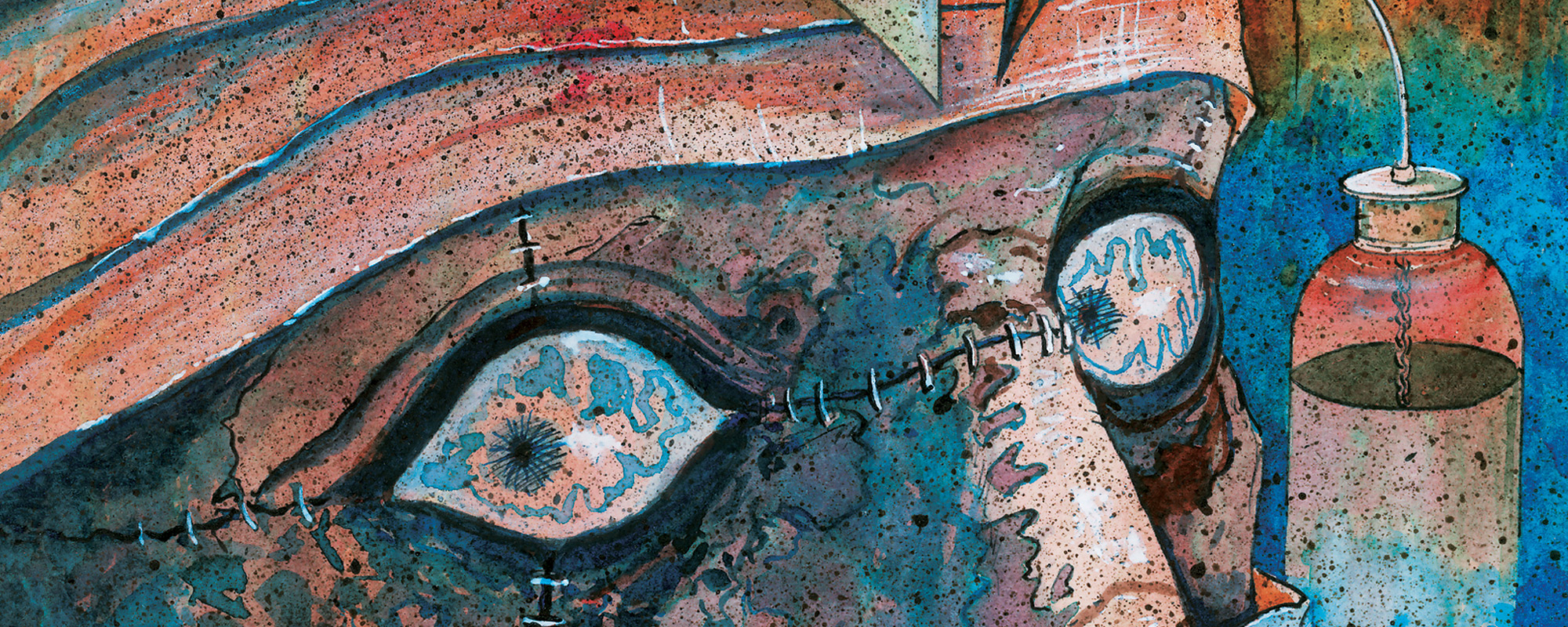
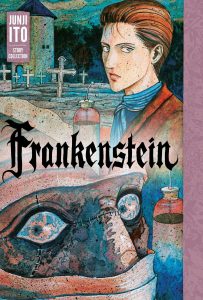 Frankenstein: Junji Ito Story Collection
Frankenstein: Junji Ito Story Collection
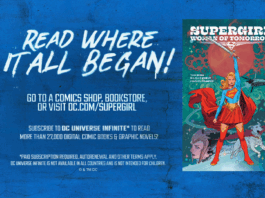
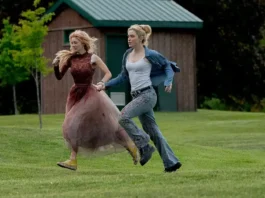
Cool cool cool
Comments are closed.